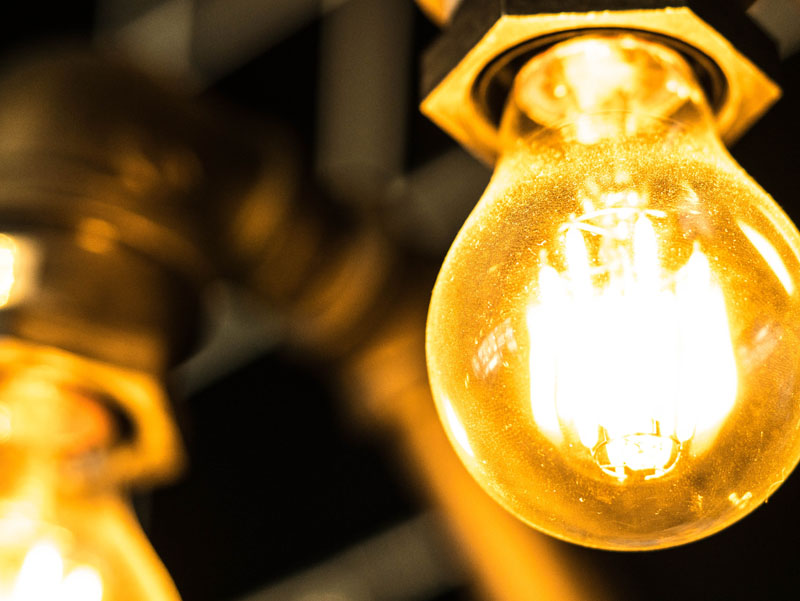Aperture Priority mode, also known as “A mode” or “Av mode” is a setting on your camera that allows you to choose the Aperture (f-stop) while the camera selects the corresponding shutter speed for a properly exposed image.
When should you use Aperture Priority mode?
One common use for Aperture Priority mode is when you want to control the Depth of Field in your photographs. Aperture controls how much of the image is in focus, with a larger Aperture (smaller f-stop number) resulting in a shallow Depth of Field and a smaller Aperture (larger f-stop number) resulting in a larger Depth of Field.
If you want to take a portrait with a blurry background, for example, you might choose a large Aperture to achieve a shallow Depth of Field.
On the other hand, if you’re taking a landscape photograph and want as much of the image in focus as possible, you might choose a small Aperture for a larger Depth of Field.
Another use for Aperture Priority mode is when you want to shoot in low light conditions. In low light, you might need to use a longer shutter speed to allow more light to reach the camera’s sensor.
If you’re using Aperture Priority mode, the camera will automatically select a longer shutter speed to compensate for the larger Aperture you’ve chosen. This can be particularly useful if you’re hand holding the camera and want to avoid camera shake.
Pros and Cons of Aperture Priority mode
There are, of course, pros and cons to using Aperture Priority mode.
One pro is that it allows you to quickly and easily adjust the Depth of Field in your photographs. It’s also a good choice if you’re shooting in rapidly changing light conditions and don’t have time to adjust the settings manually.
A con is that you might end up with an improperly exposed photograph if the camera’s metering system doesn’t accurately determine the correct shutter speed.
Here are some additional topics to consider when using Aperture Priority mode:
ISO
In addition to Aperture and shutter speed, ISO is another factor that affects exposure. ISO measures the sensitivity of the camera’s sensor to light. In Aperture Priority mode, you can set the ISO manually or allow the camera to adjust it automatically.
If you’re shooting in low light, for example, you might need to increase the ISO to compensate for the longer shutter speed. Just be aware that increasing the ISO can also introduce noise (grain) into your photographs.
Metering modes
Most cameras have multiple metering modes that determine how the camera measures the light in a scene. The most common metering modes are center-weighted, spot, and matrix (also known as evaluative).
In Aperture Priority mode, it’s important to choose the right metering mode for the scene you’re shooting. For example, if you’re taking a portrait with a white background, you might want to use spot metering to ensure that the subject is properly exposed.
Focal length
The focal length of your lens can also affect the Depth of Field in your photographs. A longer focal length (telephoto lens) will generally result in a shallower Depth of Field, while a shorter focal length (wide-angle lens) will result in a larger Depth of Field.
This is something to consider when using Aperture Priority mode, especially if you’re trying to achieve a particular look in your photographs.
Continuous shooting
If you’re photographing a moving subject, you might want to use continuous shooting (also known as burst mode) in conjunction with Aperture Priority mode.
This will allow you to take multiple shots in rapid succession, increasing the chances of getting a properly exposed photograph of the moving subject.
Aperture Priority mode FAQ
Here are some common questions about Aperture Priority mode:
Can I use Aperture Priority mode for all types of photography?
Aperture Priority mode can be useful in a variety of situations, but it may not be the best choice for every type of photograph. As mentioned earlier, it can be particularly useful for controlling the Depth of Field and shooting in low light conditions.
However, if you’re photographing a fast-moving subject or need precise control over both the Aperture and shutter speed, you might want to consider using manual mode instead.
How do I set the Aperture in Aperture Priority mode?
The process for setting the Aperture in Aperture Priority mode will vary depending on your camera. On most cameras, you can set the Aperture by turning a dial or using a control on the back of the camera.
You can usually find the Aperture Priority mode setting on the camera’s mode dial or by accessing the camera’s menu. Consult your camera’s manual for specific instructions.
Can I use any lens with Aperture Priority mode?
Most lenses will work with Aperture Priority mode, but some lenses, such as older manual focus lenses, may not be fully compatible with the camera’s metering system. In these cases, you may need to use manual mode and set both the Aperture and shutter speed manually.
Can I use Aperture Priority mode in video mode?
Some cameras allow you to use Aperture Priority mode in video mode, but this will depend on the specific camera you’re using. Consult your camera’s manual to see if this is possible.
Conclusion
In conclusion, Aperture Priority mode can be a useful setting on your camera that allows you to control the Depth of Field in your photographs and shoot in low light conditions.
It’s important to consider factors such as ISO, metering modes, focal length, and continuous shooting when using Aperture Priority mode.
While it may not be the best choice for every situation, it can be a useful tool in your photographic arsenal.


